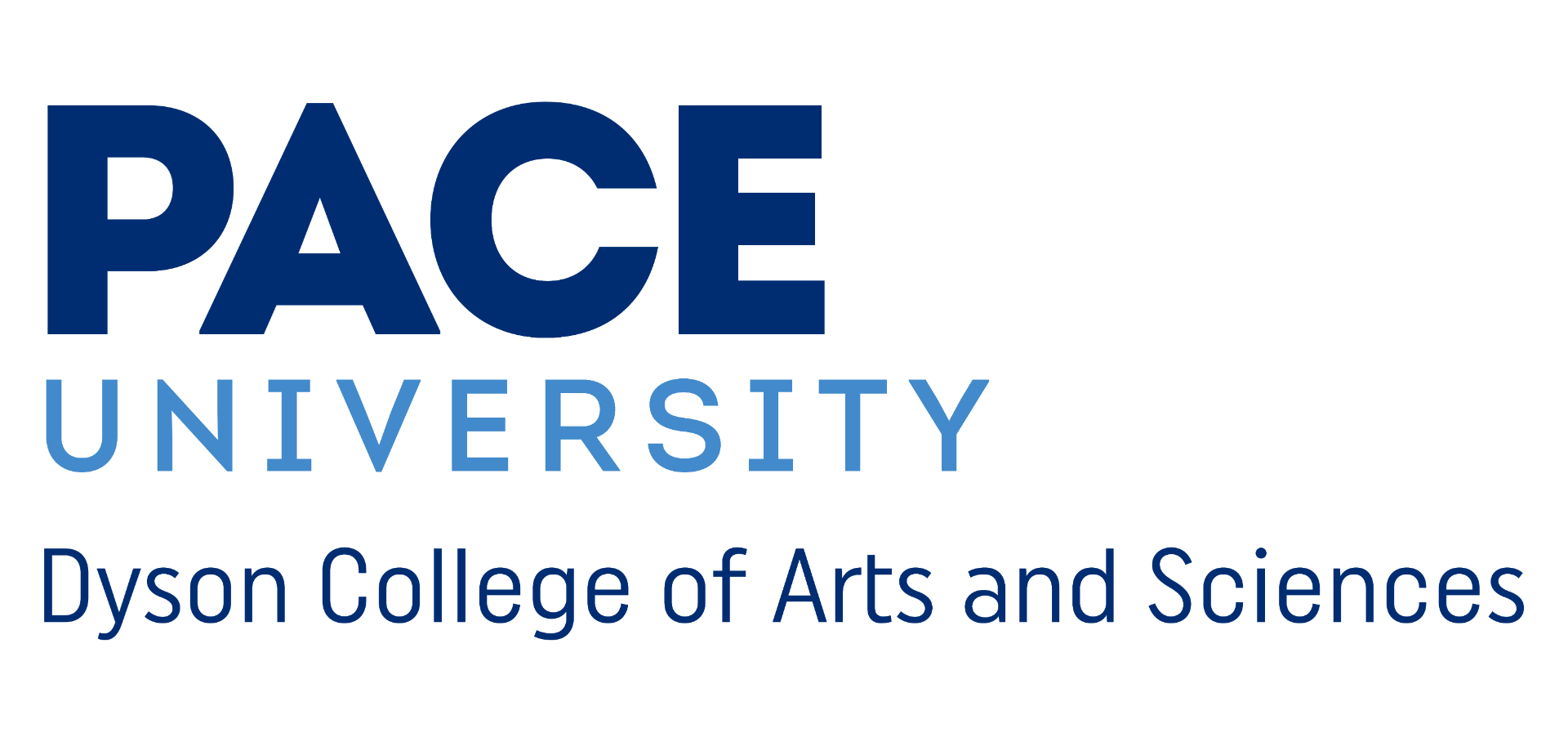As we continue our editing process heading into the final stages, Act 3 has been hard at work bringing the feeling and legacy of the viola da terra to life.
Our final act of the documentary touches on not only the memories of those who play the viola da terra, but also its legacy and the future that is to come. The impact the instrument has had on not only the interviewees but also on us as editors in this process has been extremely rewarding, piecing together this puzzle of what this instrument actually is and how crucial it is to stay alive.
During our editing sessions, we, like the other acts, first started laying down the A-roll (the interviews) and pieced together the sound bites  that best match up with Act 3’s purpose for our story. Making sure to pull from interviews that touched on the importance of tradition and the true feeling these players embody with the viola da terra. This act first laid all of these sound bites on a paper edit in order of each appearance of those who were interviewed. Once this was locked, then came the B-roll, which is all the footage we shot while in the Azores behind the scenes. The B-roll footage was then inserted as breaths in between music or interviews, which ranged from musicians playing, luscious landscapes, nature, and so much more.
that best match up with Act 3’s purpose for our story. Making sure to pull from interviews that touched on the importance of tradition and the true feeling these players embody with the viola da terra. This act first laid all of these sound bites on a paper edit in order of each appearance of those who were interviewed. Once this was locked, then came the B-roll, which is all the footage we shot while in the Azores behind the scenes. The B-roll footage was then inserted as breaths in between music or interviews, which ranged from musicians playing, luscious landscapes, nature, and so much more.
Finding footage to use hasn’t been the easiest process at times since each act has run into issues of using the same clips, but we have been able to adjust for this when we meet for class on Tuesdays, when we watch what each act has been able to complete. Act 3 is constantly making sure to search for footage that has yet to be used to put in their timeline.

The Act 3 team, Brooke Smith, Brie Luna, Mekhi Solomon, and Ryan Gando, have been working with story team member Sam Buturla. They have been putting in a tremendous effort by coming in each day to make small tweaks to everything from the notes/feedback from Dr. Luskay and Professor Guarneri to proofreading the English captions as they edit with our Portuguese student translator, Carolina Caputo Noguiera.
Each editing session has consisted of creating a solid timeline that is color-coded in order to stay organized and not get confused with clips that may be cut or moved to “Siberia” (the end of the timeline where clips are not used). The team has been working around the clock to solidify their timeline to start moving into working on color correction and audio as we approach the tail end of the editing process.
All the acts have started to be moved into one timeline now as we approach our premiere on Monday, May 5th at the Jacob Burns Film Center in Pleasantville. Join us to Mix and Mingle upstairs at the Jane Peck Gallery at 6 PM and stay for the premiere at 7 PM.
You can get your free tickets HERE by using code PACEDOCS25. Be sure to enter the promo code and click submit BEFORE adding tickets to your cart.
We are so excited to share this film with you all. Stay tuned for more updates about “Harmony of the Azores”, there is much more to come.

